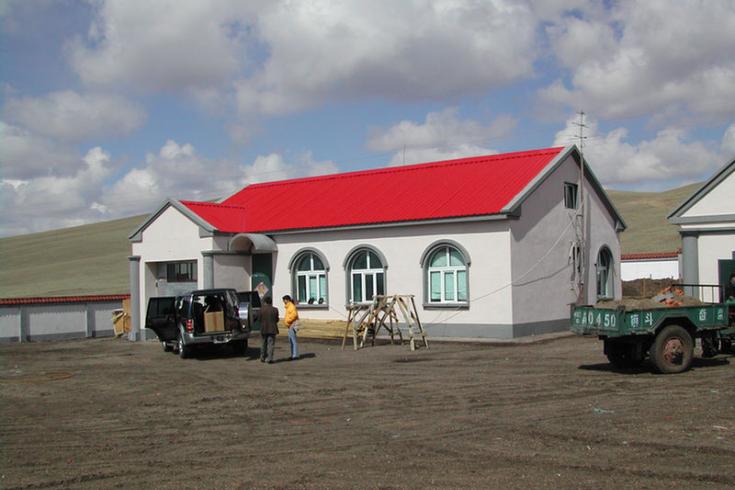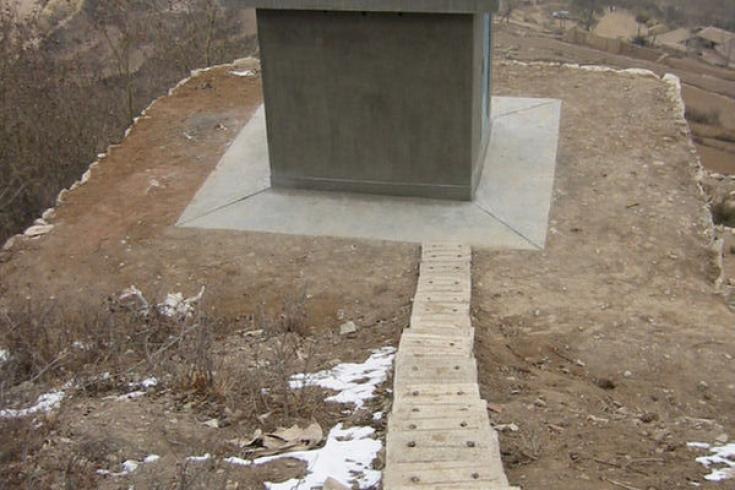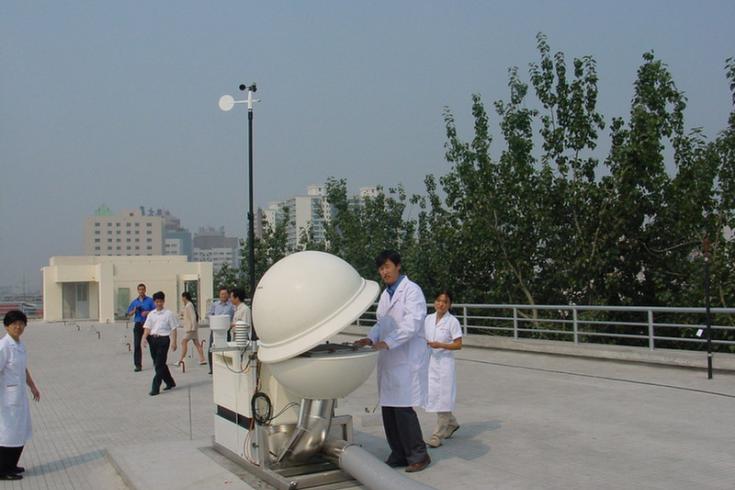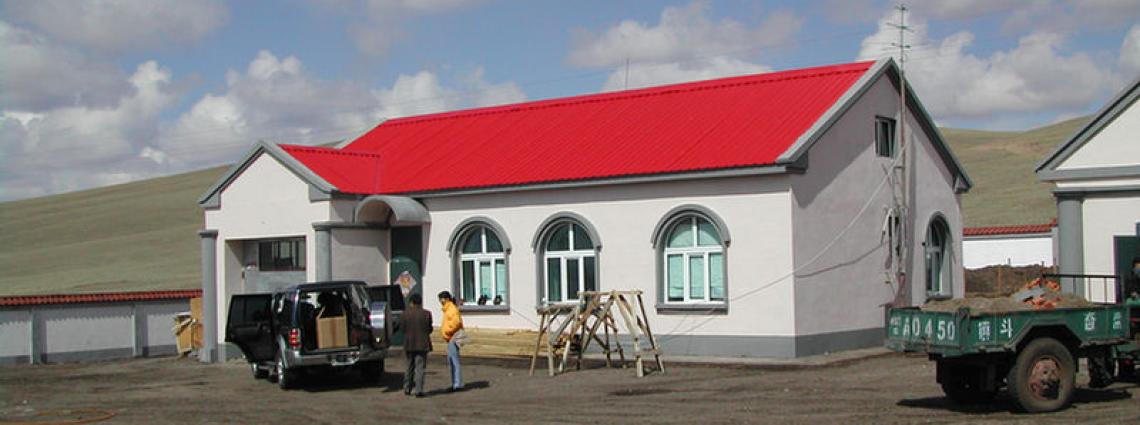2017: Four more IMS stations certified in China
Once completed, the IMS will consist of 321 monitoring stations and 16 laboratories worldwide. Currently the system is around 90% complete with more stations being built and certified on a regular basis. The IMS uses four complementary monitoring techniques, utilizing the most modern technology available. Seismic, hydroacoustic and infrasound stations monitor the underground, the large oceans and the atmosphere respectively. Radionuclide stations detect radioactive debris from atmospheric explosions or vented by underground or underwater nuclear explosions. Radionuclide laboratories assist radionuclide stations in identifying these radioactive substances.
The relationship with China has been a priority of CTBTO Executive Secretary Lassina Zerbo since taking office. His first official visit in this capacity was to China in August 2013. China is one of eight remaining countries which need to ratify the Treaty for it to enter into force.

PS12

PS13

RN20
“Having five stations certified within one year is excellent work and is indicative of China’s increasing role as a global leader in advancing peace and non-proliferation.”
CTBTO Executive Secretary Lassina Zerbo addresses participants at the RN21 certification ceremony in Lanzhou, China - 2016
20 Dec 2017
